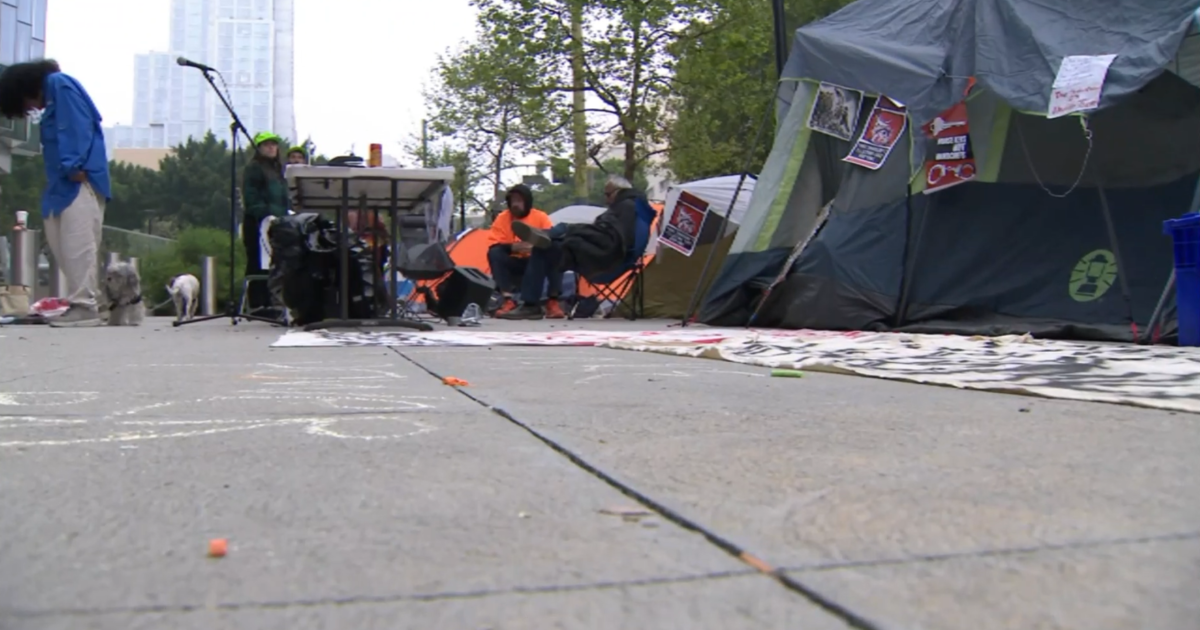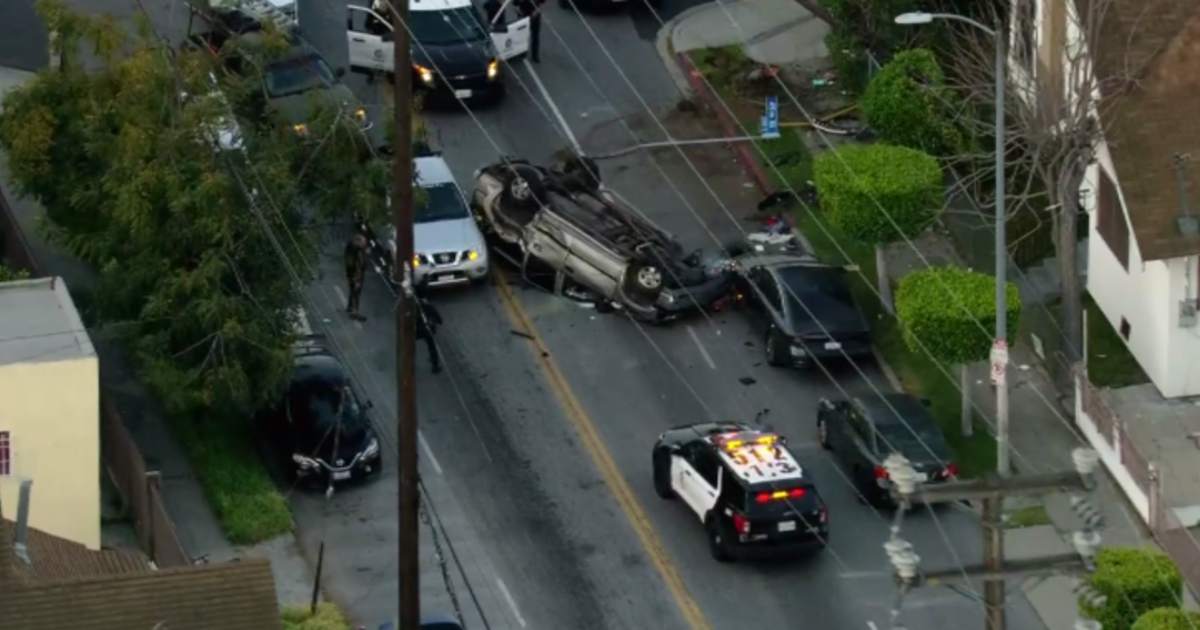KNX 1070 Driven To Gridlock: LA's Never-Ending Sig-Alert
(KNX 1070) — As far back as 1898, traffic was already on the minds of Southern Californians. A short silent film made for inventor Thomas Edison, shows horse drawn carriages with passengers as they trundled across the unpaved Spring Street in downtown Los Angeles. Parting the way, and looking out of place by its modernity, was a single electric trolley collecting passengers for the future.
By 1915, with the arrival of automobiles, the city commissioned what is believed to be the first major report on the growing problem of traffic congestion, with the long title, "Study of Street Traffic Conditions in the City of Los Angeles and the Practicability of Subsurface or Elevated Construction for Urban and Interurban Transit Facilities."
The study was a portent of a future of seemingly never ending Sig-alerts, as the region's population explosion over more than a century has driven us all to gridlock.
Over the course of several months, a team of nine KNX1070 reporters and producers, conducting more than 50 interviews, has taken a comprehensive and unprecedented look at what "solutions" to our collective traffic nightmare have been tried in the past, but failed to work, as well as some of the more radical notions about what must be done in the future to make Southern California attractive to new businesses, while, at the same time, easing the path for residents and visitors alike as they go about their daily comings and goings.
Recent studies suggest people, especially younger ones living in urban areas, are driving fewer miles, says the Southern California Association of Governments. But by 2035, predictions are that Southern California will add some four million people to the mix, roughly the combined populations of the cities of Chicago and Houston.
That burst of people — not to mention their vehicles — could easily counter the trend of driving less. And, even that might change as the economy of the region slowly recovers from the Great Recession. People tend to drive more when they have a job to go to.
Over more than a century, civic leaders and urban planners have come up with lots of solutions to traffic congestion, only to see the problem get continuously worse. In some cases, the solutions became the problem. At the turn of the last century, it was felt that paving the roads would actually reduce traffic congestion. After all, vehicles not getting stuck in the mud would, in theory, be able to move more effortlessly.
Of course, what actually happened was that newly paved roads were an inducement for people to buy more automobiles. Even building freeways in the 40s and 50s had the opposite of the desired effect: They built them, so more people—and their cars—came.
Although L.A. once boasted a formidable trolley system that could get you just about anywhere you wished to go, by the 1930s, the ubiquitous automobile, says amateur L.A. historian Jeff Arnett, slowed the not profitable trolley lines down and helped signal their death knell.
Car pool lanes, as anyone who has ever found themselves actually moving slower in one than vehicles in the regular traffic flow knows, only have worked some of the time to ease traffic congestion.
Most experts say that past failures prove that the solutions of the future must be multi-faceted. And, even then, they say, it is unrealistic to think a region this size, with a population expanding like a belly after a Thanksgiving feast, could ever totally rid itself of the curse of traffic congestion.
In fact, says traffic expert Paul Sorensen, of the Santa Monica based Rand Corporation think-tank, increased domestic oil production might push down gas prices by 2025 making it cheaper to drive, which may end up putting more people on the roads.
One possible solution favored by some urban planners is the imposition of a sort of driving tax, charging motorists for driving during peak hours or into the most congested parts of our urban centers. Another variation of this would charge for actual miles driven.
While some are focused on improving the conditions of our roads, others are thinking of ways to improve the vehicles traversing those roads in an effort to decrease congestion. The fully automatic car, some think, might ease traffic congestion because vehicles will be able to speed along much closer together without colliding and a self-driving car could care less to slow down in order to look at another car that did manage to get into an accident despite high-tech's best intentions.
Not every proposed solution is as high tech as auto cars or 200 plus mile an hour bullet trains between Los Angeles and San Francisco. Bicycles are popular throughout Europe and Asia as a primary means of transportation and the move is on to bring that sort of enthusiasm to American cities, including Los Angeles.
But in the end, just as the solutions of the past proved largely ineffectual, the solutions of the future may be laughed at by our descendents as having been pure folly.
(The series "Driven to Gridlock" was produced by Charles Feldman and Laraine Herman. Reported by Jon Baird; Margaret Carrero; Pete Demetriou; Charles Feldman; Megan Goldsby; Ed Mertz; Claudia Peschiutta; and Tom Reopelle.)



